Unlock the Power of Customer Segmentation in 2023
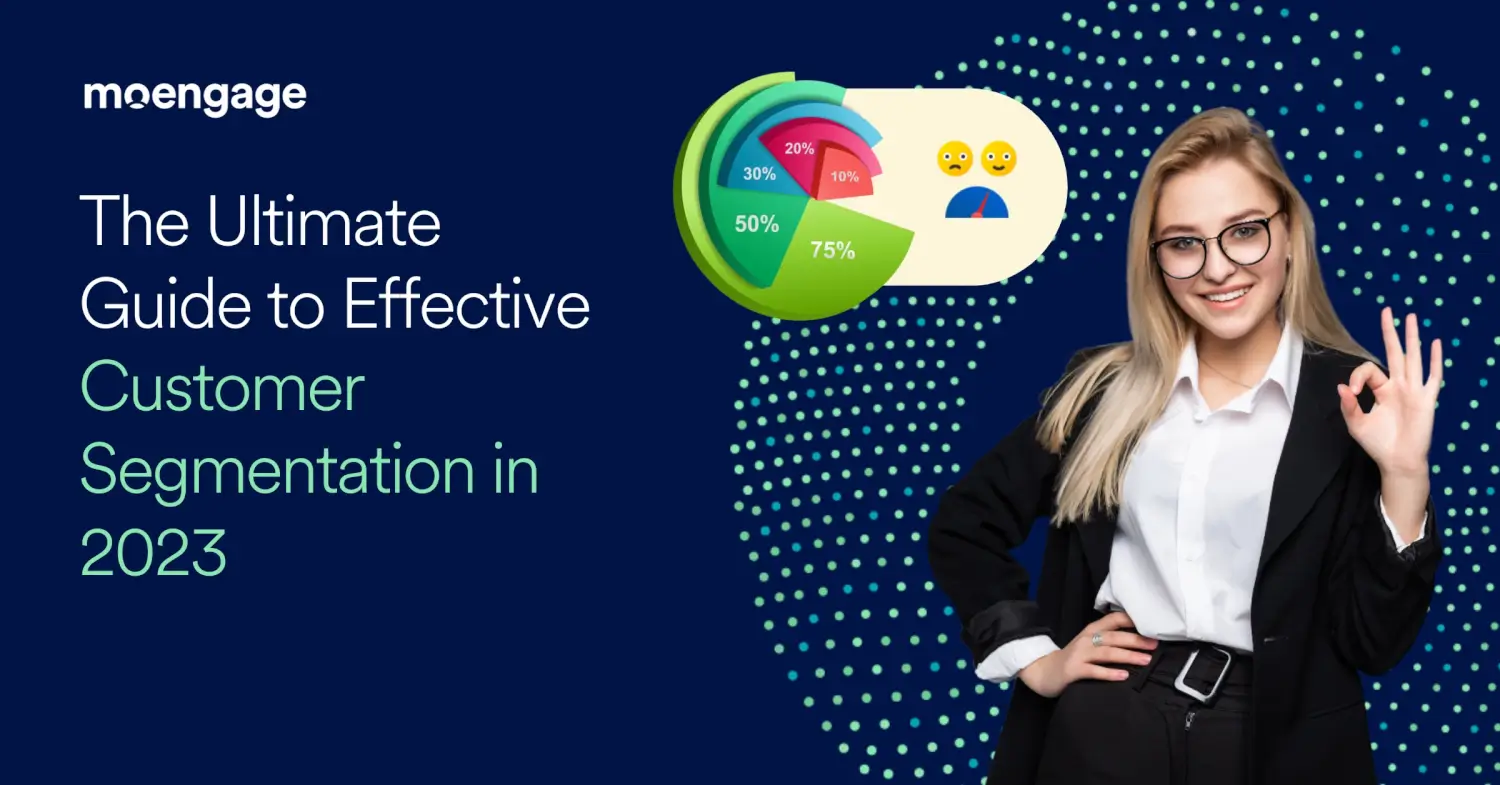
Reading Time: 9 minutes
An Introduction to Customer Segmentation
“Why should I segment my customers?”
Can you imagine a world where you can predict your customers’ needs, tailor your marketing strategies, and increase your brand’s customer loyalty more effectively than ever before?
In the current digital landscape, customer segmentation has reached new heights, enabling you to empower your business to personalize your approach and achieve exceptional results. In this article, we’ll walk you through the most valuable details about customer segmentation and how it can leverage your existing customer base to drive your business to success.
Understanding Customer Segmentation
Customer segmentation means dividing customers into groups based on shared characteristics, enabling companies to tailor marketing strategies, products, and services for more effective targeting and selling.
By understanding your customers’ needs and preferences, you should create the best possible experience for them. Additionally, you must improve your marketing efforts, develop stronger customer relationships, and gain valuable insights for product development and customer support.
What is Customer Segmentation?
Customer segmentation means grouping customers based on demographics, behaviors, interaction patterns, value-based analysis, and preferences to improve marketing and sales efforts. You can collect valuable data through CRM systems, surveys, social media, and website analytics. By conducting a customer segmentation analysis, businesses can better understand their audience and tailor their strategies accordingly through the customer segmentation process.
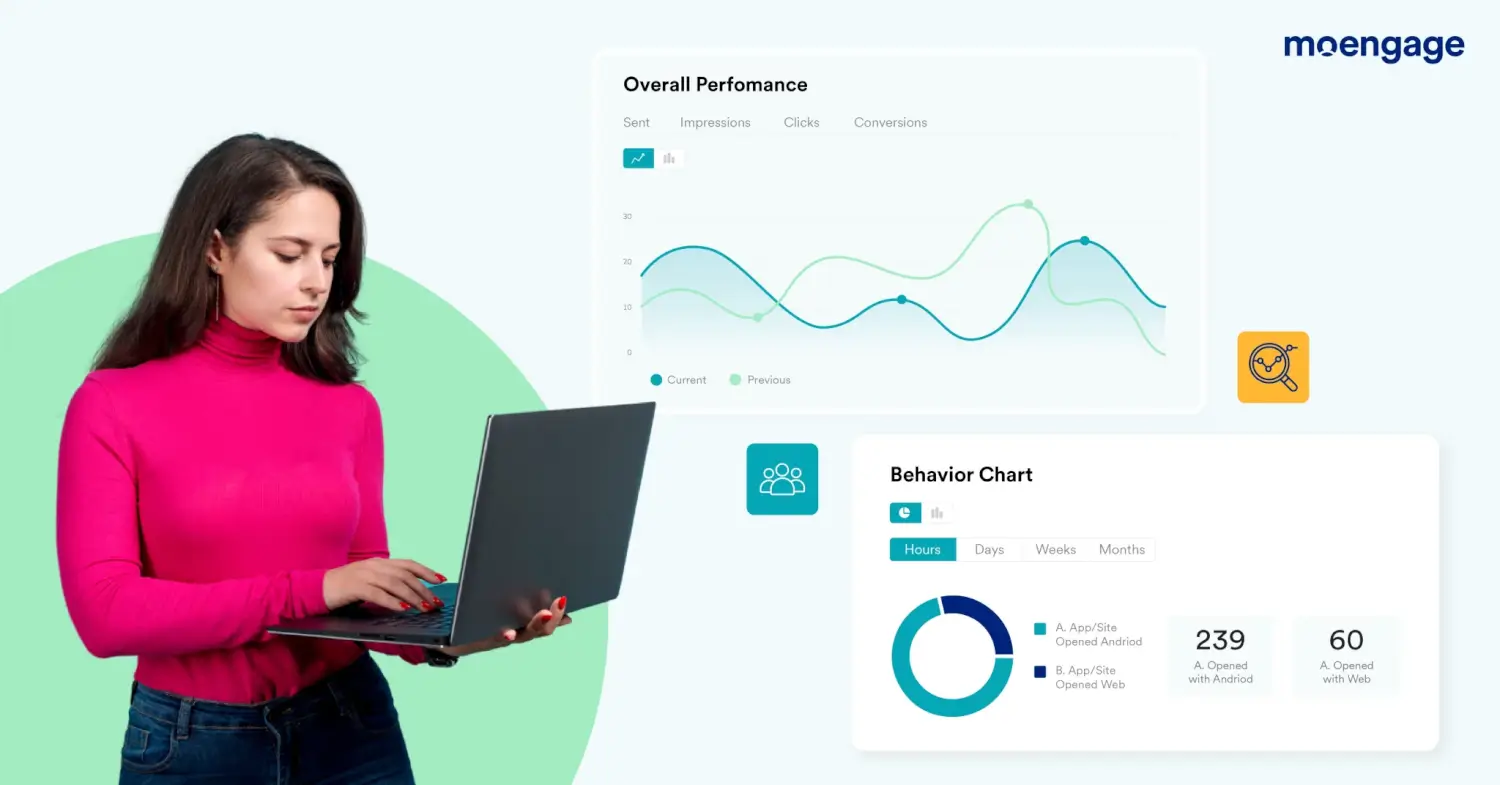
The Benefits of Customer Segmentation
Customer segmentation offers various benefits, including:
1. Targeted Marketing
Segmentation allows you to tailor your marketing efforts to specific customer groups, increasing the relevance of your messages and improving conversion rates.
2. Personalization
By understanding the unique needs and preferences of different customer segments, you can deliver personalized experiences, products, and services to customers, enhancing their satisfaction and loyalty.
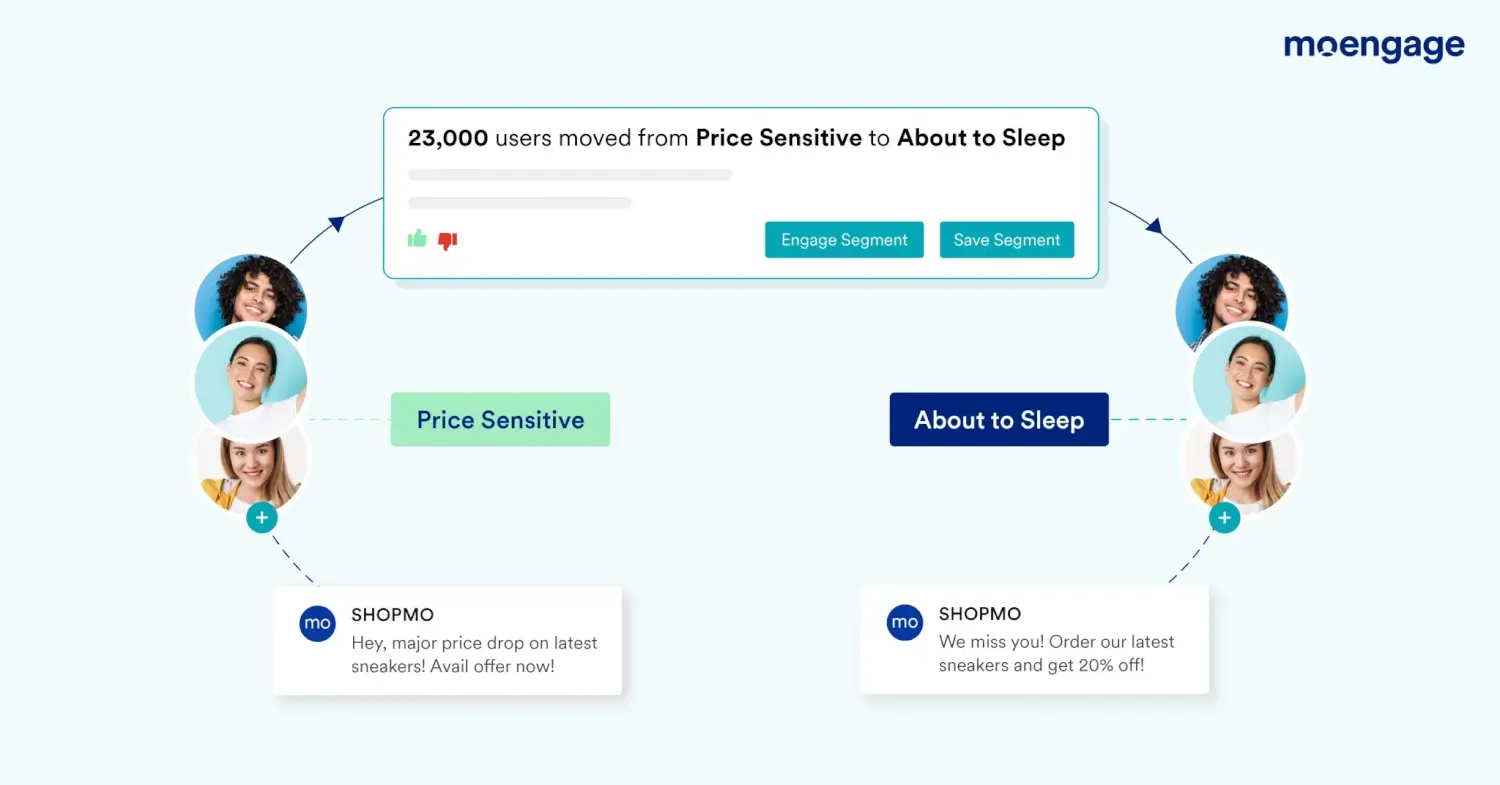
3. Resource Efficiency
Segmentation helps allocate resources (e.g., marketing budget) more effectively, focusing them on the most profitable customer segments.
4. Improved Product Development
Segment-specific insights can guide product development and innovation, ensuring new offerings resonate with customers.
5. Enhanced Customer Retention
Segment-specific retention strategies can address the distinct needs of different customer groups, reducing churn and increasing customer lifetime value.

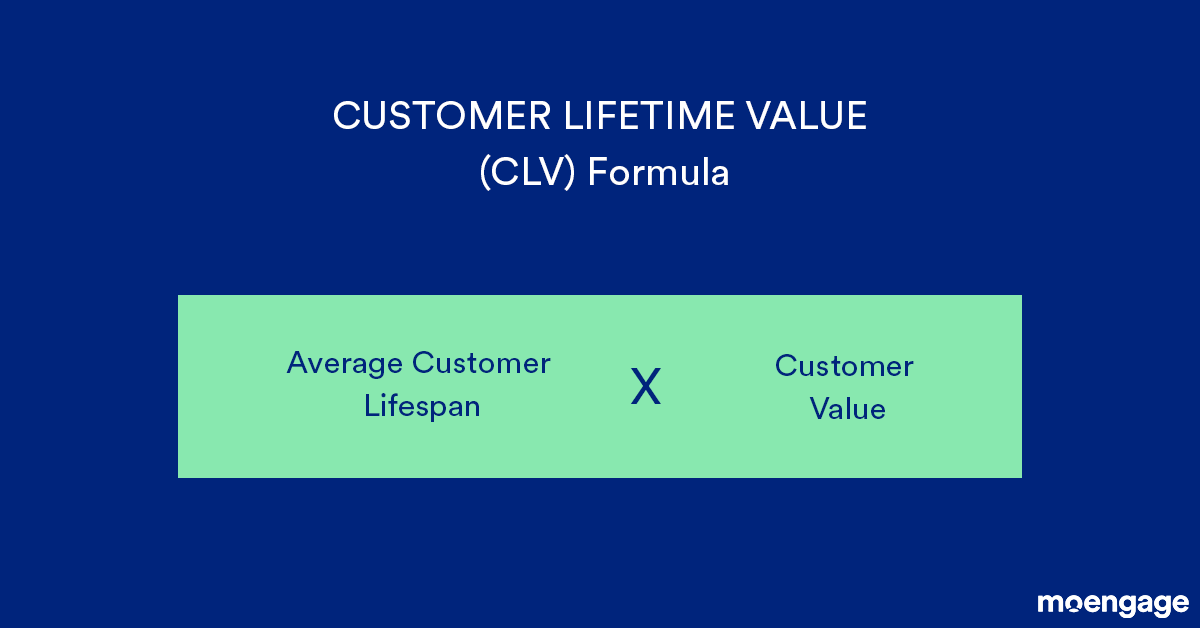
6. Competitive Advantage
Tailoring your offerings to specific segments can help you stand out from competitors and meet niche market demands effectively.
7. Better Customer Insights
Segmentation provides a deeper understanding of your customer base, helping you identify trends, pain points, and growth opportunities.
8. Brand Loyalty
When customers feel that a brand understands and caters to their specific needs, they are more likely to develop strong brand loyalty.
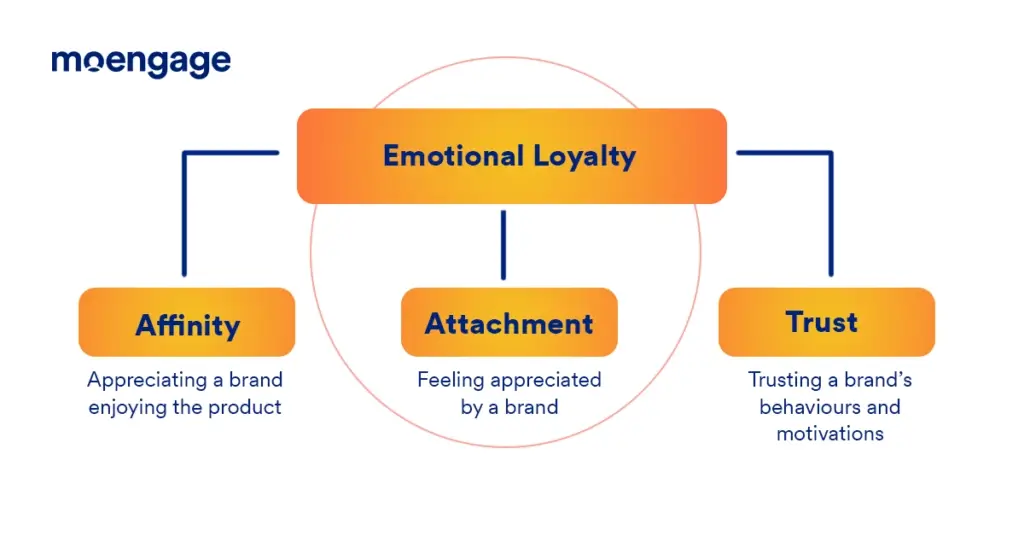
9. Measurable Results
Segmentation allows you to measure the performance of different customer groups separately, enabling data-driven decision-making and continuous improvement.
10. Market Expansion
Identifying underserved or emerging segments can open up new growth opportunities for your business.
In summary, effective customer segmentation will empower you to optimize your marketing efforts, tailor your products and services, move sales channels, and ultimately improve customer relationships, loyalty, and profitability. It’s a valuable strategy for brands looking to drive revenue and thrive in competitive markets.
Gathering Customer Data for Segmentation
Gathering organized customer insights is crucial for effective segmentation, enabling you to understand your audience and make informed decisions. Analyzing data helps identify patterns and trends, enabling you to create customer segments tailored to your business needs.
With proper data collection and analysis, your marketing team can develop a customer segmentation model that drives results and adds value to your business.
1. Sources of Customer Data
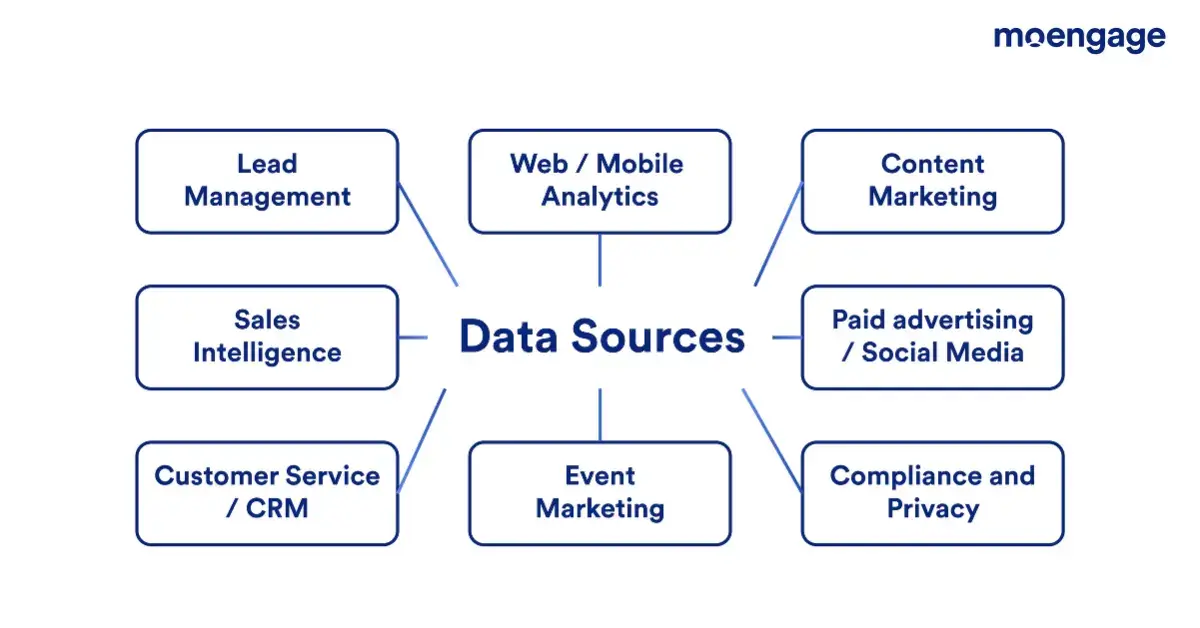
You can gather customer data from various sources, including
- CRM systems,
- Customer surveys,
- Social media,
- Website analytics,
- App analytics, etc.
By collecting data from these sources, you can develop a comprehensive understanding of your customers and their preferences, enabling you to create more compelling customer segments.
2. Analyzing and Organizing Customer Data
Analyzing and organizing data is essential for creating targeted customer segments. By identifying patterns and trends in this data, businesses can develop segmentation models such as demographic, geographic, psychographic, and behavioral segmentation. These models can help you better understand customer behaviors and preferences, leading to more successful marketing campaigns and improved customer service.
Types of Customer Segmentation Models – How to Segment Customers?
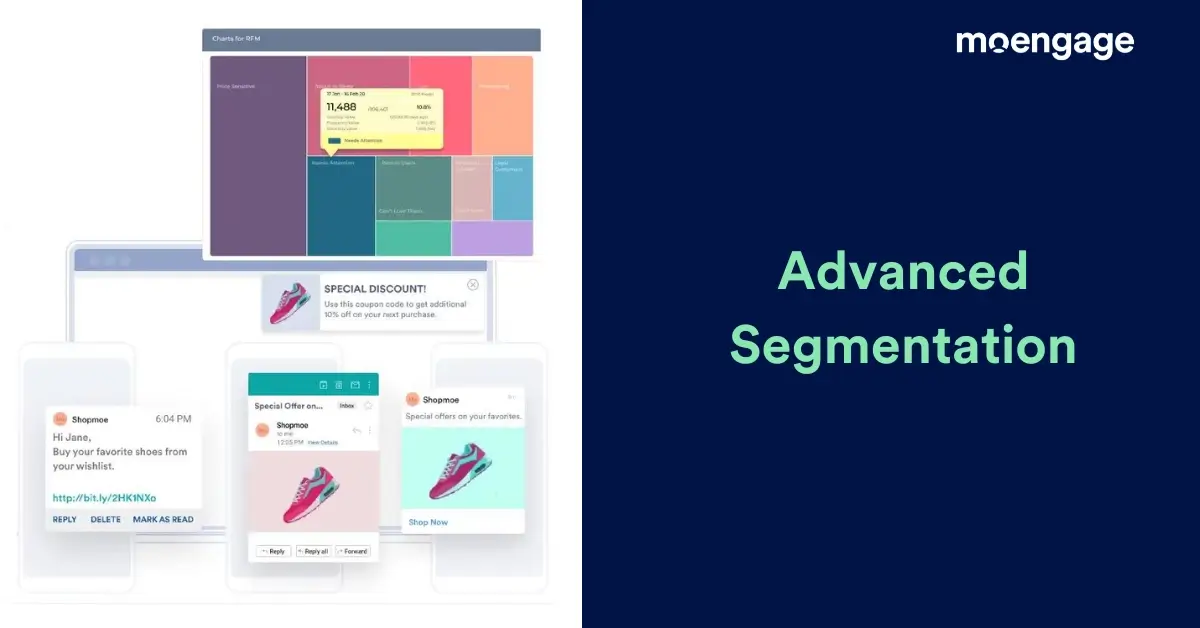
Customer segmentation models help your business identify and engage specific customer groups based on various factors. These models provide valuable insights into customer behavior, allowing you to tailor your marketing strategies and product offerings to meet customer needs better.
By understanding the different customer segmentation models, you can develop a more practical approach to engaging with their audience and driving success. These are the different types of customer segmentation models commonly used-
1. Demographic Segmentation
Demographic segmentation helps divide customers based on personal characteristics such as age, gender, and income. Understanding these demographics allows you to create targeted, engaging marketing campaigns and tailor product offerings to specific customer segments. This can lead to increased customer satisfaction and loyalty and more efficient use of marketing resources.
By segmenting your current customers based on demographic groups, you can better understand your customers to generate more revenue.
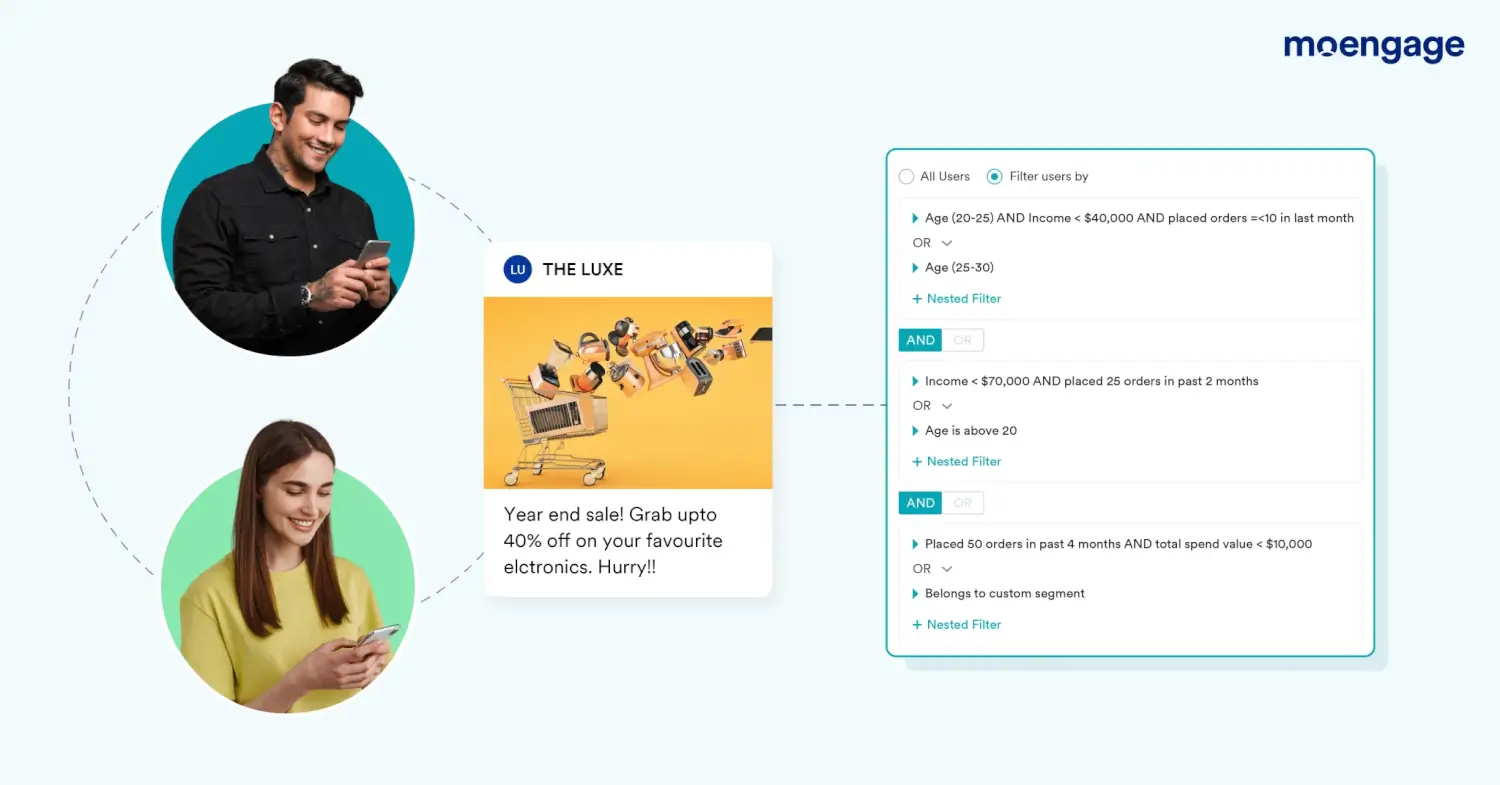
2. Behavioral Segmentation
Behavioral segmentation groups customers based on their actions, such as purchasing habits and product usage. Understanding these behaviors can help you develop targeted marketing campaigns and product offerings that cater to specific customer needs.
3. Geographic Segmentation
Geographic segmentation divides customers based on location, allowing for targeted marketing and product offerings to particular segments. You can tailor your marketing strategies and product offerings to accommodate regional preferences, climate, and local customs, ensuring that your products and services resonate with customers in different regions.
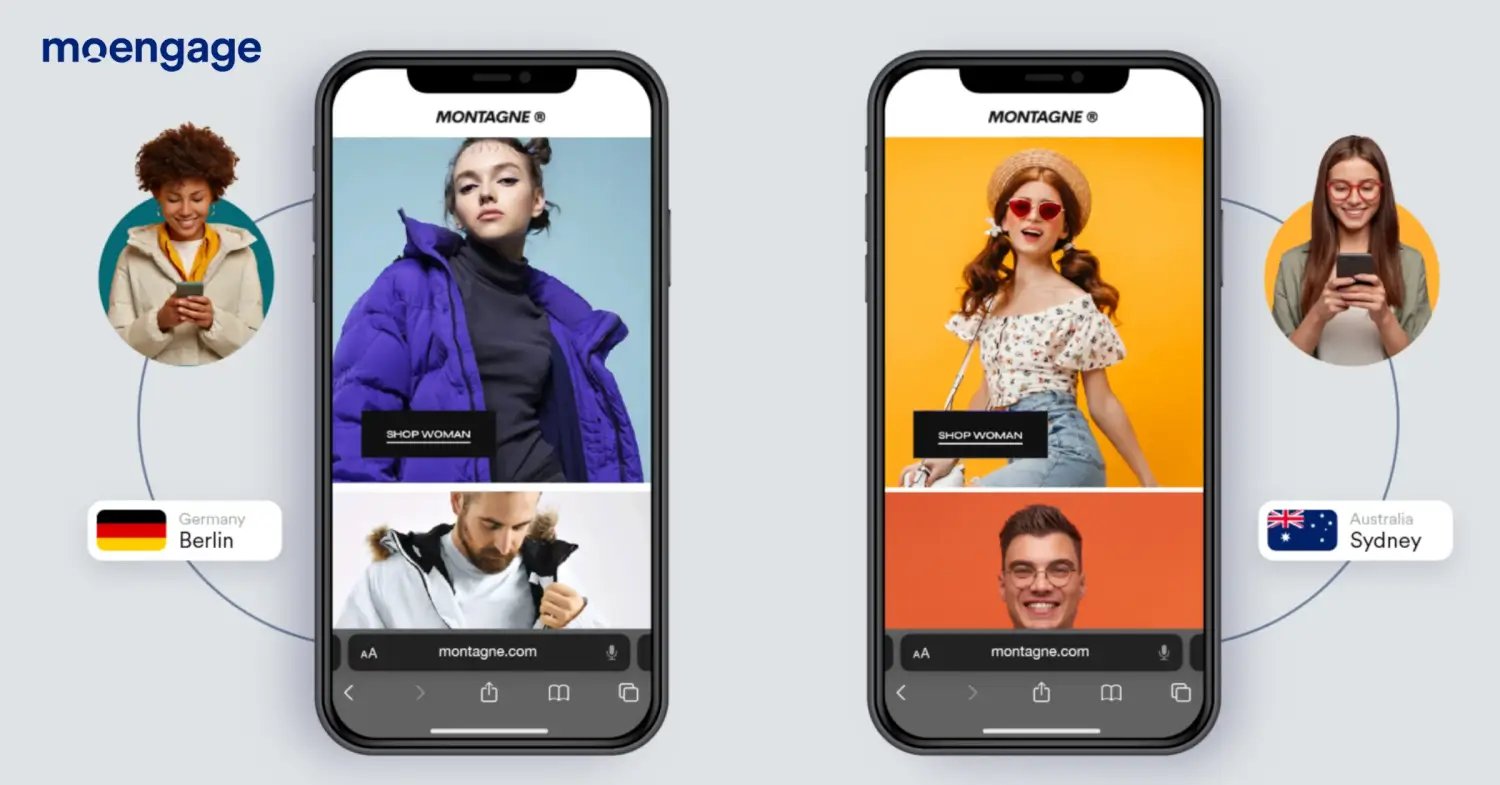
4. Psychographic Segmentation
Psychographic segmentation focuses on customers’ attitudes, values, and lifestyles, providing insights into their motivations and preferences. By understanding these psychographic data and factors, you can get detailed insights into your customers needs and preferences, allowing you to make better revenue-generating decisions for your business.
ALSO READ: Types of Segmentation and Examples for Each Customer Segmentation
Implementing a Customer Segmentation Strategy
Implementing customer segmentation as a part of your business strategy involves setting goals, selecting appropriate models, and refining segments over time. By identifying the problems that customer segmentation aims to solve and involving all stakeholders, you can ensure your customer segmentation project is successful and aligned with your overall objectives.
1. Identifying Segmentation Goals
Identifying the right segmentation goals is essential for businesses to focus their efforts and resources on the most profitable customer groups. By setting clear objectives for customer segmentation, you can ensure that your efforts align with your overall goals and strategies. These goals can help businesses make more informed decisions, group customers accurately, allocate resources more effectively, and ultimately achieve better results.
2. Selecting Appropriate Segmentation Models
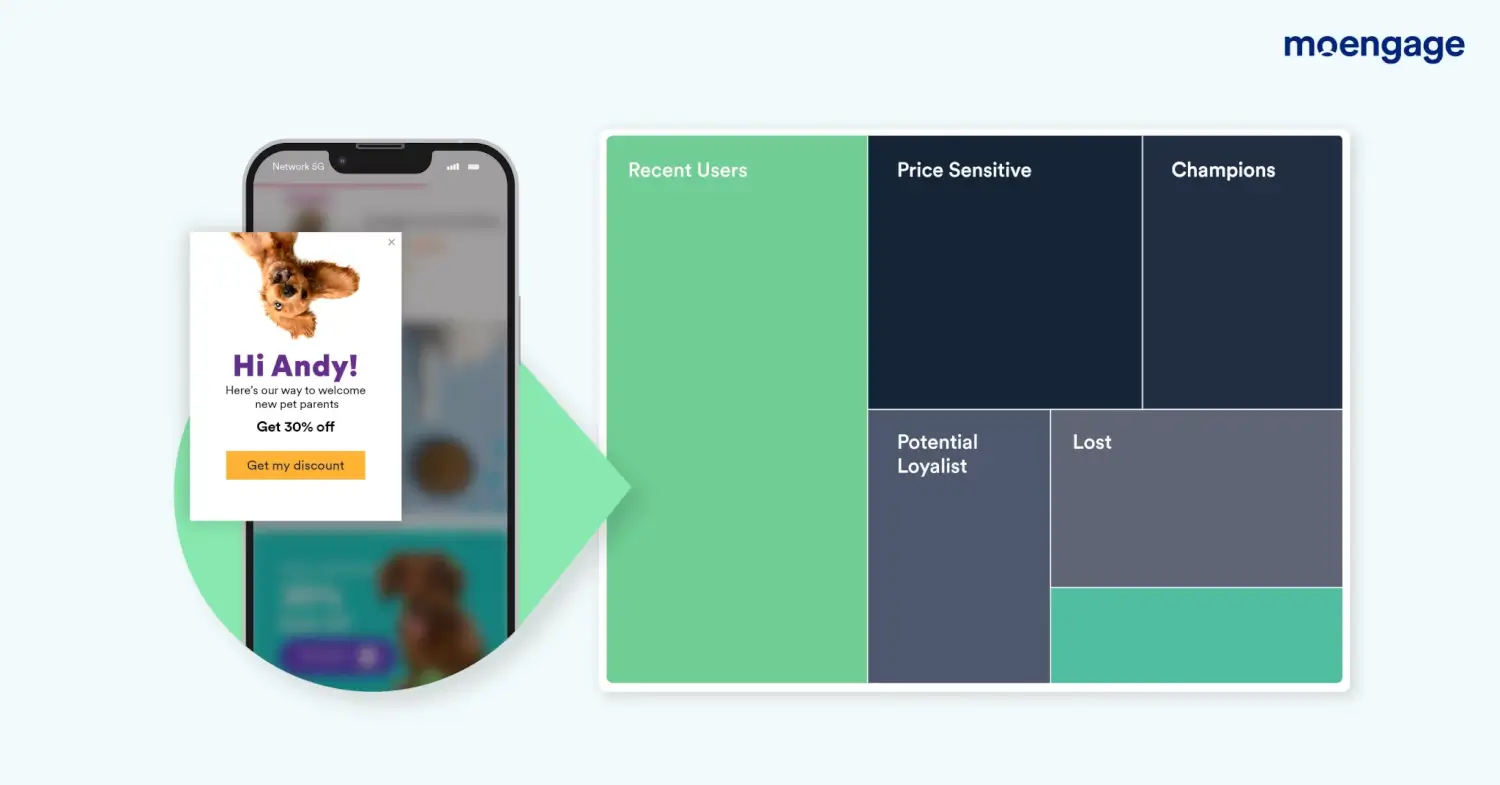
Selecting suitable segmentation models is crucial for your business to reach/engage customers with the right marketing messages and product offerings. By considering factors such as customer data, analysis, and customer segmentation goals, businesses can choose the most appropriate models for their needs.
Segmentation models can be used to identify customer segments, understand customer behavior, and develop targeted marketing strategies based on segment data.
3. Refining and Updating Customer Segments
Refinement and updating customer segments is essential for your businesses to stay relevant and responsive to changing customer needs and preferences. By incorporating customer feedback, market trends, and technological innovations, you can continually refine and update your customer segments to serve your customers better and grow your business.
This can help you create products and services that customers want and build a strong brand.
Measuring the Success of Customer Segmentation
Measuring the success of customer segmentation involves key performance indicators (KPIs) and analyzing the impact of segmentation strategies on business outcomes.
1. Key Performance Indicators (KPIs)
KPIs help you monitor the effectiveness of their customer segmentation efforts, such as customer acquisition, retention, and lifetime value. By analyzing these metrics, you can gain insights into how well your customer segmentation program works and identify areas for improvement.
This can help you make more informed decisions, allocate resources more effectively, and achieve better results.

2. Analyzing and Adjusting Strategies
Analyzing and adjusting strategies based on KPIs ensures that your business continues to improve your customer segmentation efforts and achieve better results. Monitoring KPIs and adjusting as needed ensures that your customer segmentation strategies remain effective and aligned with your objectives.
This can help your business stay ahead in the ever-evolving world of customer segmentation and drive more predictable and efficient decisions.
Case Studies: Successful Customer Segmentation in Action
1. How LivWell Orchestrated Customer Segmentation Analysis to Drive Higher Conversions of 53.27%
LivWell, a blockchain-based gamified insure-tech and health engagement app, provides low-cost health and term insurance for their customer base in Vietnam and India. It also includes fitness membership facilities at partner outlets.
Business Challenge
To build an effective wellness ecosystem, LivWell needed to understand customer preferences and affinities. They needed to add more layers of scientific analysis behind the campaigns, which led to adopting an insights-led Customer Engagement Platform (CEP) in MoEngage.
MoEngage Solution
LivWell has been able to run customer-centric campaigns by setting up various flows and cross-channel journeys for onboarding, engagement, and retention. Beyond ensuring they segment customers, they personalized the communication by creating multiple cross-channel flows across the entire lifecycle.
The Results
Using MoEngage, LivWell kept the customer at the center of all decision-making and ran campaigns accordingly. They observed:
- Flow-enabled win-back campaigns saw a conversion rate of 10.68%
- Event-triggered onboarding Flows saw a conversion rate of 53.27%
- Partner-led in-app communications achieved a CTR of 29.11%
2. How BharatAgri Saw a 30% Uplift in Conversion Rates Using Segment Integration
BharatAgri is a farming technology platform that directly works with farmers and the total agriculture value chain. The Agri-tech startup is working towards its mission to bridge the gap between technology and agriculture in India with a vision to reach out to 140 Million Indian farmers.
Business Challenge
The bi-directional integration between a CEP and a Customer Data Platform (CDP) empowers brands to take their data-driven personalization strategy to the next level and scale their businesses exponentially.
BharatAgri was looking for such an integration to enrich its customer journeys seamlessly. This is where MoEngage and Segment Integration made the most sense, leveraging behavioral and psychographic data!
MoEngage Solution
As a part of the MoEngage and Segment integration, BharatAgri leveraged Segment’s CDP functionalities to ensure that the influx of data is consistent, centralized, and easily accessible. Then, the Agri-tech brand leveraged the insights garnered to develop personalized omnichannel experiences for customers on and off their platform using MoEngage’s functionalities.
The Result
Using MoEngage, Bharat Agri observed:
- An uplift of 20% in conversions
- A boost of 25-30% in the “Install to Sign up” ratio
- Onboarding growth by 8%
3. How Jimmy Brings Boosted Revenue by 2.6x Using Affinity Segmentation
Jimmy Brings, Australia’s largest on-demand alcohol delivery service, provides alcohol delivery services to consumers in the entire market of Australia. This alcohol delivery brand serves top drinks from a curated list to more than 800K happy customers.
Business Challenge
The Jimmy Brings team wanted to create new segments, improve engagement, and surpass industry standards for open rates, click-through, and conversion rates, along with low unsubscribe rates, and retain their loyal customers by providing relevant and personalized content.
MoEngage Solution
The team decided to employ MoEngage because of its intuitive, omnichannel approach. Their new marketing strategy then was to create two different campaigns to cater to two aspects – customer journey and exclusive seasonal offers.
The Result
Using MoEngage, Jimmy Brings observed:
- Growth in customers by 2x
- Product/service stickiness uplift by 7%
- Improvement in conversions by 12%
Future Trends in Customer Segmentation
As we look to the future, customer segmentation is expected to evolve and become even more powerful! The increasing use of artificial intelligence and machine learning will enable businesses to analyze data and predict customer behavior more accurately, offering even more personalized customer experience.
Additionally, the growing importance of data privacy and security will ensure that the data is collected, stored, and used securely and complies with regulations.
By staying ahead of these trends and continually refining their customer segmentation strategies, businesses can maintain a competitive edge and drive growth in the ever-changing world of customer segmentation.
Key Takeaways and Final Thoughts
In conclusion, customer segmentation presents an excellent opportunity for businesses to enhance personalization, tailor marketing strategies, and improve customer engagement. By implementing a customer segmentation strategy and continuously refining and updating old and new customer segments, you can stay relevant and responsive to changing customer needs and preferences, ultimately driving growth and success.
Businesses can gain valuable customer insights and create more effective marketing campaigns by leveraging customer segmentation.
Customer segmentation enables businesses to create a more personalized and targeted marketing, product development, and customer service approach. By understanding and segmenting their customers, you can allocate resources more effectively, develop stronger customer relationships, and ultimately help your marketing and sales teams achieve better results.
Now the real question is – Are you ready to better understand their existing customers, identify their needs, and create more revenue?












